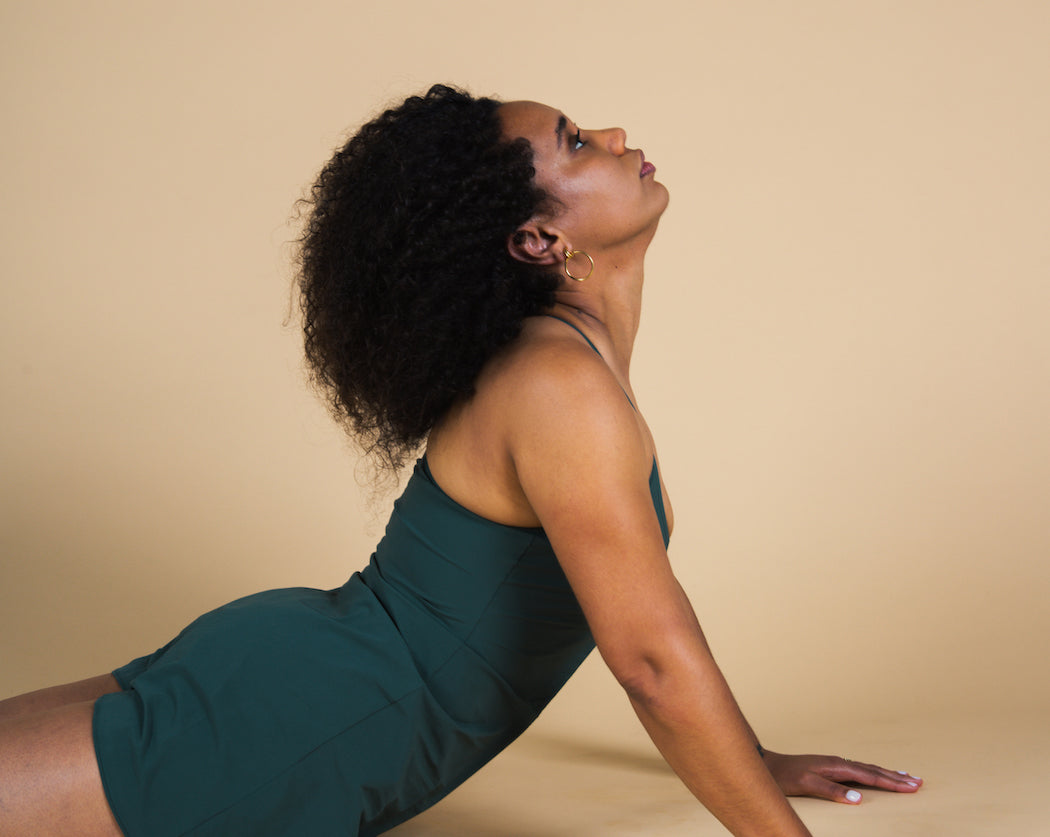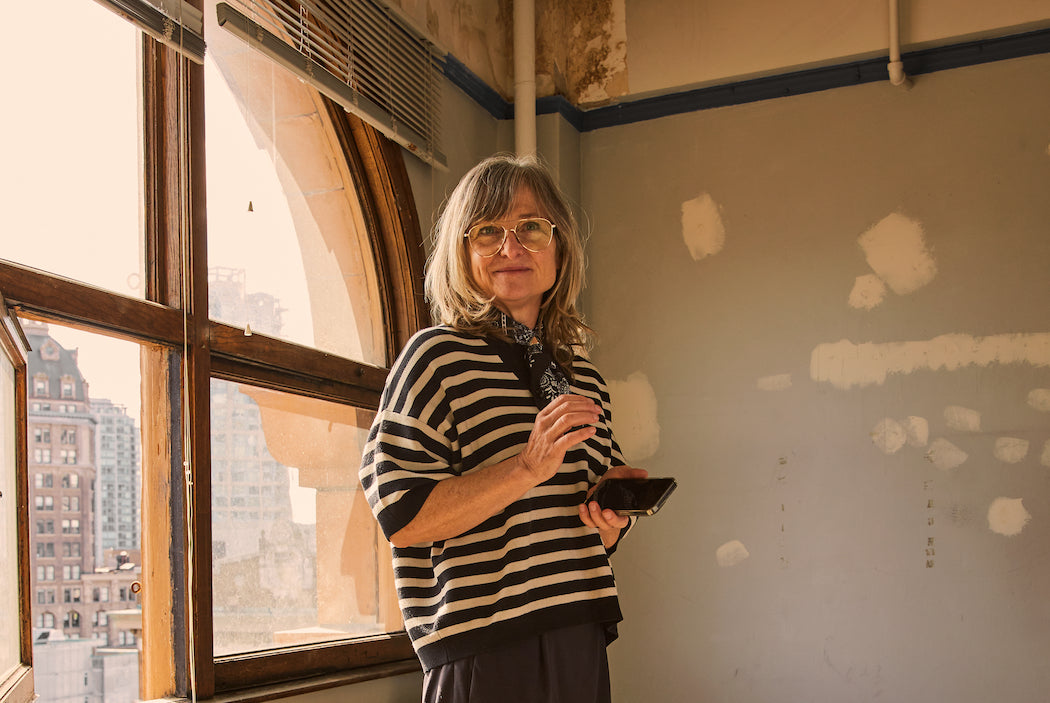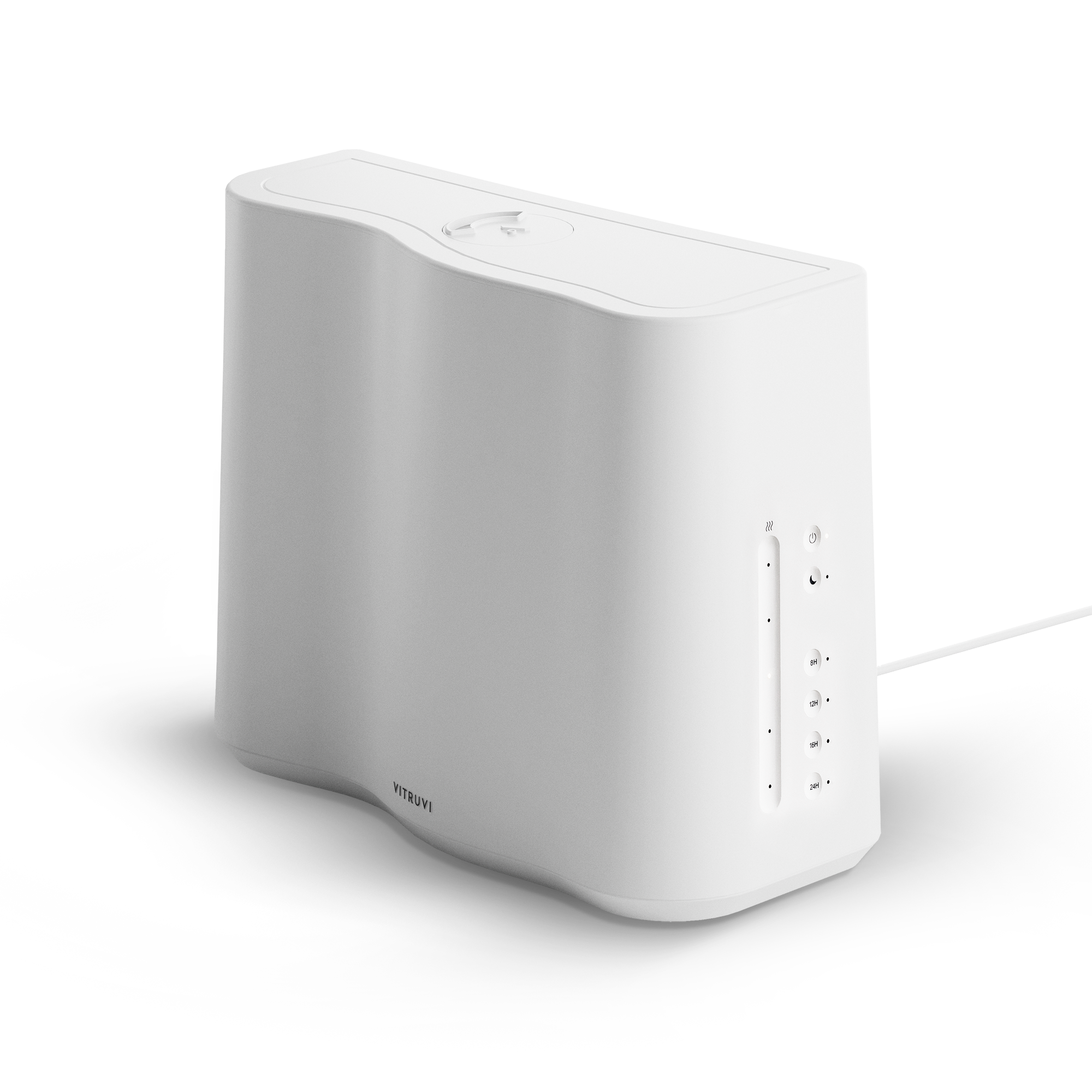After my mom died, I noticed some bizarre stuff going on with my body.
My back gave out multiple times in the first few years. My digestion was completely thrown off. I felt tired during times when I thought I should feel great.
One day, I was working out with my partner and suddenly burst into tears. Sure, I disliked the exercise we were doing, but I quickly realized that there was much more to my emotions than hating sprints. It was my grief.
“Our physical bodies can be affected in many different ways, such as disturbances in our sleep habits, changes in appetite, fatigue, body aches, or feeling run down,” says Dr. Diana Quinn, a naturopathic doctor with death doula training. “Sometimes feelings of nervousness, heart palpitations, or digestive upset can occur as well.”
By accepting that grief can impact our bodies on a deep level, we can learn new ways to care for ourselves in the process. Though we’re used to listening to our emotions and minds in grief, it can be a huge step to make a connection between physical manifestations of grief in our back, gut, brain, or heart.
“It’s important to make space for grief in the body because it is real and not going anywhere, whether we want it to or not,” says Alicia Easter, a grief yoga facilitator. “The thing about making space is that you acknowledge grief so it feels seen, but is not in control. When you make space, you are in the driver’s seat of who gets to take a drive through life with you.”
How to make space for grief in the body
Sometimes we just don’t want to deal, and that’s okay. Confronting grief can be exhausting, painful, and just straight-up confusing. For many of us, it can involve physical overwhelm and pesky things like snot-crying in the midst of a conversation where your grief doesn’t feel welcome.
But if we make space for grief in safe, comfortable, positive environments, we can feel control over the act of processing and also gain an opportunity to honour natural manifestations of grief that we shouldn’t have to push down or ignore.
“My body tells me what I’m feeling, and from there I can get to knowing, understanding, and wisdom. By honouring signals from my body about when a grief wave is building, I can catch the wave and surf it deliberately—which can look like sobbing or laughing or sounds from my throat and sometimes rants to the ancestors, or movement in the form of dancing or hiking or yoga,” says Oceana Sawyer, and end-of-life doula. “Making space for that not only allows for the grief to move through without getting stuck, but this passing through also informs me about how to move into more aliveness [as] a fuller human being.”
These days I’m getting a lot better at making the connection between back pain and my grief, exhaustion and my grief, or digestive issues and my grief. But this wasn’t always the case. I had to put practices in place to help me slow down and assess my body, and had to also create systems that help me answer the question, “Why am I feeling this way?” on a deeper level.
Quinn describes practical steps for creating that system of assessing and acknowledging. “One way to stay present with what we’re experiencing in the body is with a practice of non-judgmental loving awareness,” she says. “For example, take a quiet moment several times throughout the day to check in with your inner experience and with what is present. Simply recognize whatever sensations in the body or feelings are present in the moment, and allow them space.”
Next, explore how these sensations are related to grief, and offer yourself some nurturing care. For example, Quinn instructs, say something like this to yourself: “‘It is understandable that I am feeling tired today and am having difficulty being productive. I’m processing grief, and it’s normal to have these impacts on my body. I can support myself now by taking rest.’”
Identifying how grief impacts your body
In practicing Quinn’s suggestions for making space in the body, we can start to explore how grief impacts us personally. There’s no right or wrong way to feel grief. There is no right or wrong way that it’ll show up for you. And there’s no right or wrong way to deal with it.
What’s important is recognizing what’s happening for you and in you. You can then use that information to seek out ways of helping yourself care for your body, or to simply acknowledge what’s going on. For reference, I asked Easter, Sawyer, and health-focused empowerment coach Eman Salem to share how they check in with themselves and feel grief showing up in their bodies.
“Inhale. Exhale,” starts Sawyer. “I feel it most frequently in my torso. There’s a popular notion that grief tends to reside in the lungs, and that has been my experience. There’s a slight ache in my chest and a mild constriction in my belly. When a wave of grief passes through, those sensations become more intense and rise up into my throat. When I allow the tears, the wave moves on through, which I experience as my body relaxing—while the emotions go from fear-tinged sorrow to relief, love, and a kind of joy.”
For Salem, it feels like her heart is heating up. “It feels like my entire body is filled with fire on the inside. I shiver while I am overheating,” she says. “I become dizzy, even just momentarily. My legs become weak, almost noodle-like. My arms feel heavy, almost lead-like. I hear a ringing sound in my ear that leads to a headache, sometimes a multi-day migraine. My back becomes stiff with sharp pains, signalling I need to lay down. Tightness in the body, from fingertips to toes.”
And for Easter, it manifests in her hips, lower back, shoulders, and neck: “Anytime I feel like I am hunching over, pain in the lower back from ‘nothing,’ and my hips are tighter than normal, I know grief wants some attention and it is time for me to honour the grief that has taken up space in my body. It is also time for me to get my wellness bodywork done.”
Three ways to make space for grief in our bodies
—Interact with your body
In grief, we can start to feel incredibly disconnected from reality—our world has been flipped upside down and very few things make sense, especially in those first days and months. Grounding yourself by simply reconnecting with your body can be helpful for identifying where grief is rooted.
“I lay my hands on the areas that are screaming at me the loudest,” says Easter. “I talk to my grief and then I sit with it for a minute. Then, I do some yoga nidra and know it is time for me to make an appointment to see my acupuncturist, and get a massage and a chiropractic adjustment.”
If practicing yoga or other movement-based activities feels right, it can be an incredible way to spend time with your body, meditate on your grief, and identify parts of your physical self that might be struggling or that feel stiff.
“I put my hand on my belly and breathe more deeply, which moves my breath—which has likely gotten stuck in my throat, all the way down to my crotch,” says Sawyer. “That creates a channel for the energy to move through. Energy/grief on the move is energy/grief that has the potential to transform.”
—Encourage your body to feel and express
Bottling things up can be necessary at times, such as if you’re in a space where it feels unsafe to be vulnerable. Finding a place to release energy and take action can be equally important, though. When you’re grieving, “cry more” might seem like an odd thing to suggest, but sometimes making space for grief means letting things out. That can involve some tears, a scream, or a shake.
“I'm a big believer in having energy continue to move in a body,” says Oceana. “That energy manifesting as grief can also be viewed as a life force that can be used if one is conscious. I really try to allow the tears when I feel them, and if I can get a full-body cry-fest going, even better. I also try to put words to what I’m feeling, which usually leads to a conversation with my loved one or ancestors. That’s where the gifts are.”
—Stimulate your body in a new environment
One of the best ways for me to focus on what’s happening in my body is to physically move it into a new environment. I get out of the confines of my home and move away from the stresses of my work, allowing me to fully focus on myself. This helps me feel pain, stress, or physical issues with no distractions.
Sometimes this can be as simple as moving around outdoors. Other times it means needing to be in my home state or a landscape that reminds me of home. Stimulating my senses with a change in weather, new ground under my feet, and different air to breathe can encourage my body to relax and to calm itself from digital, emotional, or social overload.
Salem has found that it helps her to be completely immersed in water. “Jump into the ocean, a lake, a river, a stream. When none are available, a cold shower,” she says. “Being in the water is the only place my body does not feel pain. It is the only place where my mind can completely be quiet and my soul can be heard. It is the only place I can take such deep breaths that I can feel my heart expand while I’m in the water. It is my body’s sanctuary and my soul’s mother.”
Finding support for your physical health in grief
Also remember that you don’t have to navigate the grieving process alone. A supportive health practitioner can help you make the connections between the feelings or ailments you’re noticing, but can’t quite identify the root cause of.
If you feel like you need support finding ways to tackle grief in your body, I encourage you to speak with health and wellness professionals who you trust. Personally, I’ve found huge relief in speaking with everyone from naturopaths, to nutritionists, to massage therapists, to yoga teachers—all about my grief.












